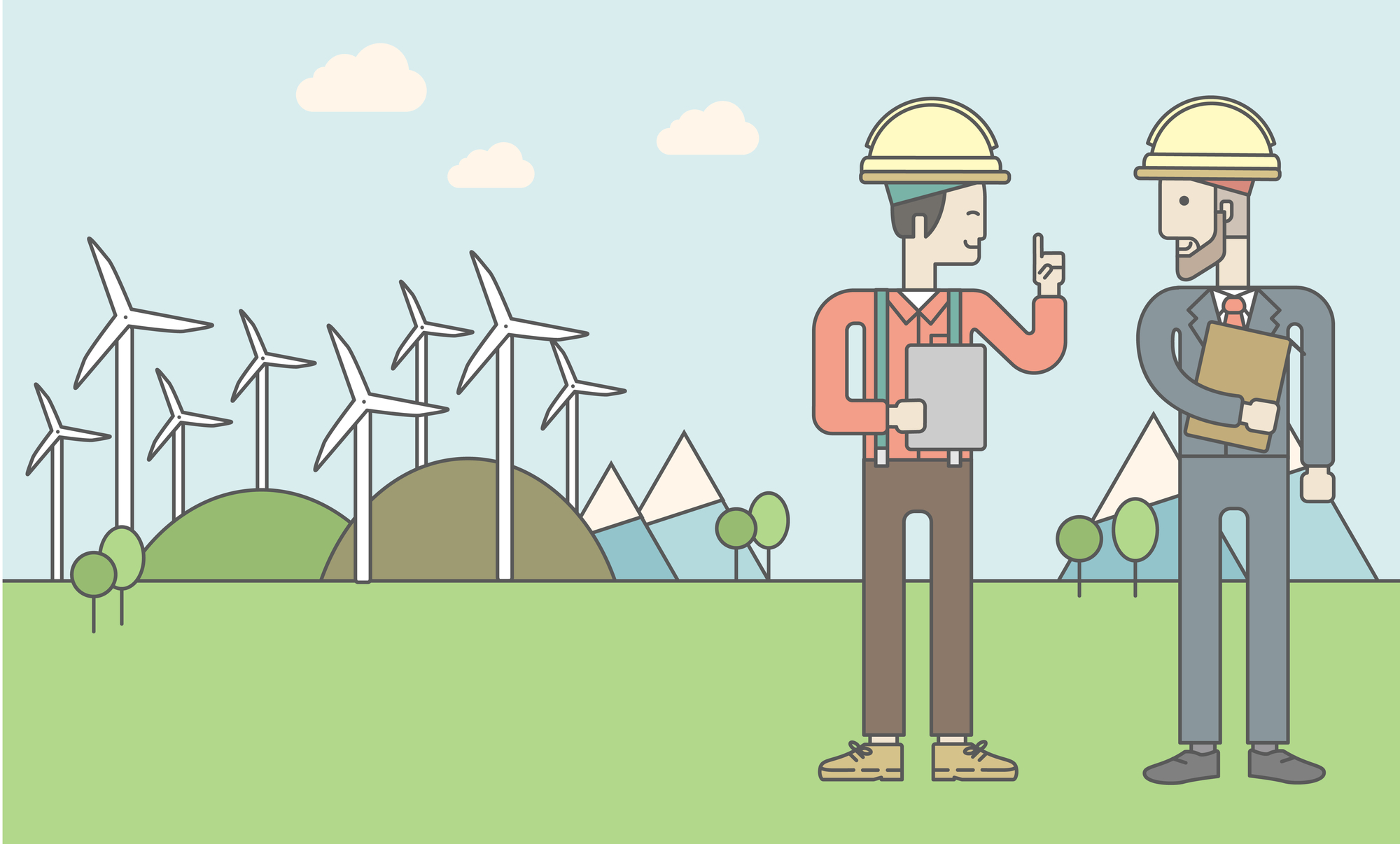Photovoltaic cells make it possible to generate electricity from sunlight, representing one of the most waste-free methods of generating energy. While this technology has significant potential for the future of humanity, it is not without its drawbacks. The dangers of solar energy include different aspects that the technology must overcome before it can truly realize its green potential. And a closer look at solar panels raises a number of questions that need to be answered.
Solar panels – two sides of the coin
Solar panels have been heralded as an alternative to fossil fuels for decades. By comparison, some experts have repeatedly stated that if solar farms the size of China could be installed in the Sahara desert, this would allow us to satisfy the world’s energy needs many times over. The fact that such an effort will be unstable due to the size of the solar plants and the sheer volume of service, as well as the complexity of the infrastructure to deliver around the world, is irrelevant to those dreaming of a solar future. And they are partly right – solar energy is really a good alternative to other energy sources due to its renewable, relatively cheap, renewable resources.
However, the topic of solar energy, like any issue, has two sides. For example, in many countries this topic has been picked up by politicians, solar farms are actively subsidized. After all, in the era of emissions trading and international climate conferences, nothing is more welcome than caring for the environment, demonstrating large investments in green energy. So sometimes there are twists and turns. But besides the obvious misallocation of resources and price distortions in the energy market, there is another environmental problem associated with solar panels. To be more precise, with the threat of harm to the environment and human health, but not from the solar panels themselves, but from the processes associated with their production and disposal . In fact, for any user of solar panels, they do not pose a threat – only manufacturers and processors are affected by the risks.
Greenhouse gases
The production of solar panels is often associated with the generation of extremely potent greenhouse gases. One of the most common compounds is nitrogen trifluoride, which is 17,000 times more toxic than carbon dioxide. Another harmful compound used in the production of certain types of panels is sulfur hexafluoride, which is considered the most potent greenhouse gas in existence. Although manufacturers design their production lines to capture these harmful gases, even the slightest disruption to production conditions can cause significant environmental damage.
Hazardous By-Products
In addition to emitting greenhouse gases, the production of solar panels can result in toxic by-products and polluted water. For example, every ton of polysilicon produced for solar panels produces about four tons of silicon tetrachloride, a toxin that can poison topsoil and render it unsuitable for plant growth. For example, an environmental impact study conducted by the California State University of San Jose (USA) shows that it will take an average of one to three months for a solar panel to compensate for the energy needed to handle the toxic waste used in its production.
Electrical Hazard
When using a significant number of high-power appliances (air conditioners, ovens, etc.), solar energy does not always fully cover the household’s electricity needs. Therefore, many homeowners use solar energy in part, combining it with other types of energy supplies. A typical solar plant includes a connection to the local power grid, so owners can “sell off” excess electricity generated during periods of low load. Unfortunately, equipment that steps down high voltage current from power lines works both ways. Therefore, in the event of any failure in the grid, the solar panels included in the system can create excessively high voltages, which are deadly for workers trying to repair the damage. For this reason, solar installations built into a common electrical circuit necessarily contain an automatic function to turn off solar generation in the event of a power outage or power failure through power lines.
Installation Risks
Another, at first glance, banal, danger of solar energy is the risks associated with the installation of panels. Because most home solar panels are roof mounted, the chance of injury or death from a fall is significant. There are no regular statistics on such incidents related to the installation of solar panels anywhere in the world, but roofing, electrical and carpentry work is considered quite dangerous construction work, and all of them are necessary when installing solar panels on the roof. This also needs to be thought about, which is why some countries are now introducing strict safety regulations for solar installation companies. New technologies are also being developed to mitigate risks, such as a method that allows installation of solar panels at ground level or on horizontal surfaces, which can reduce this risk.
